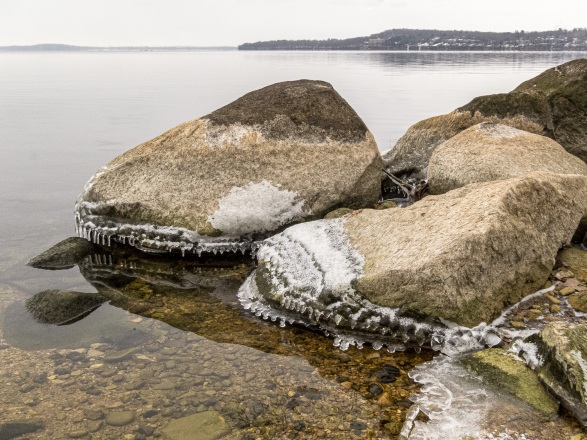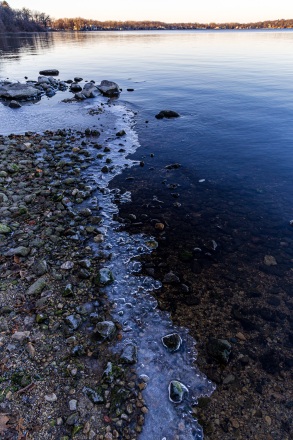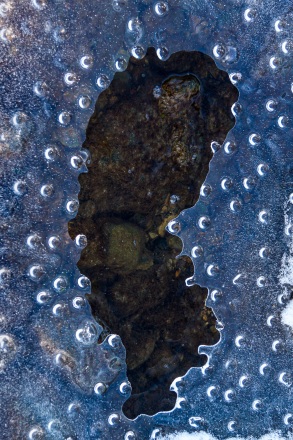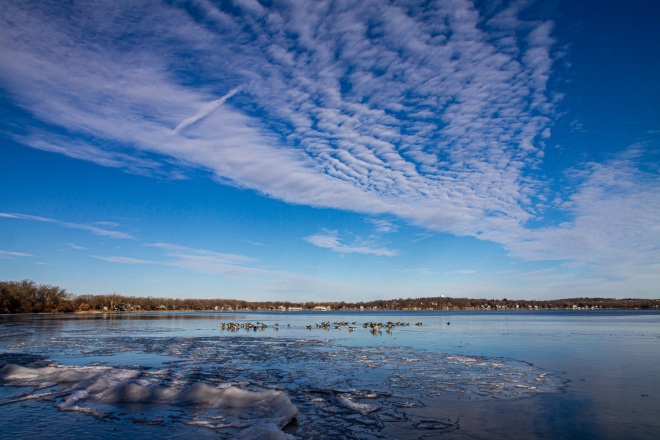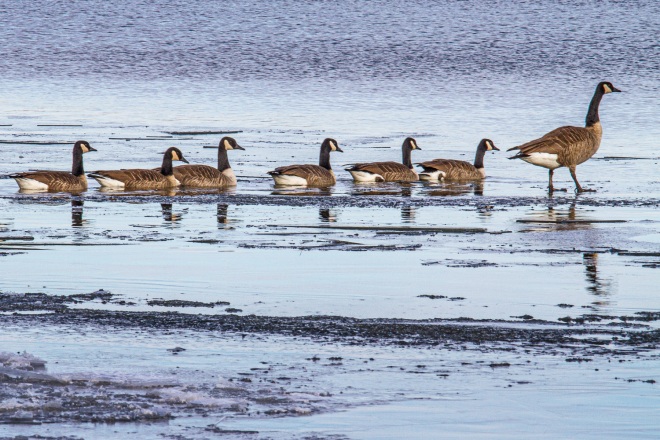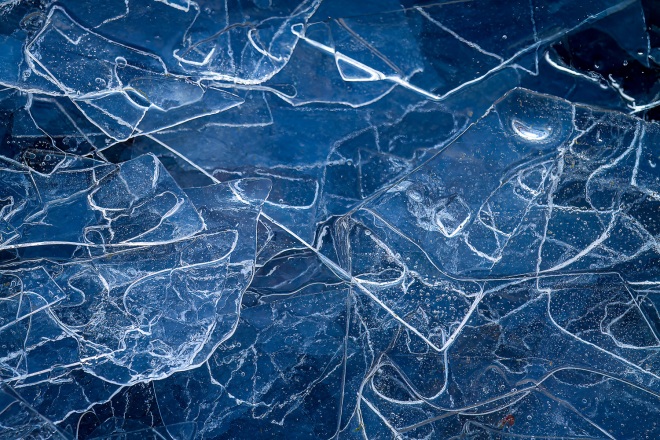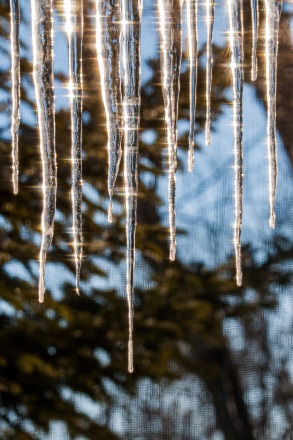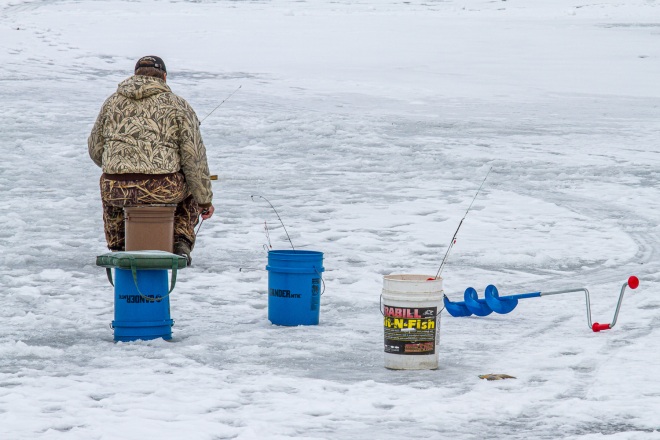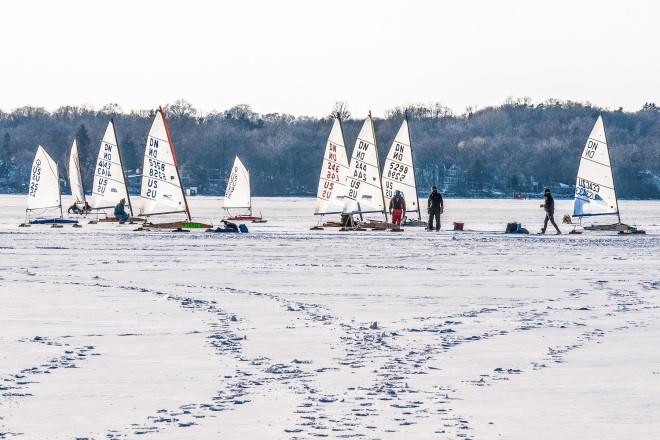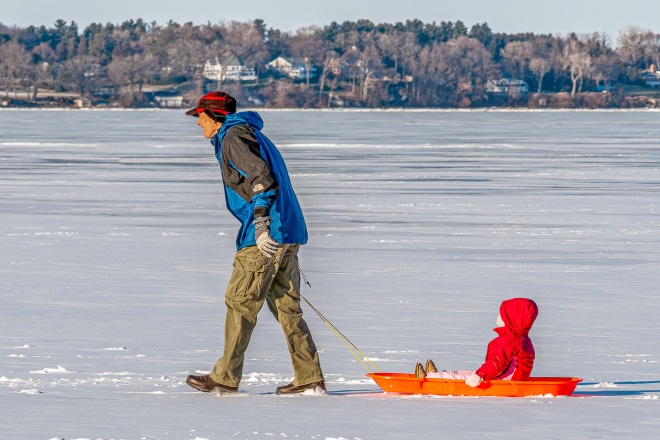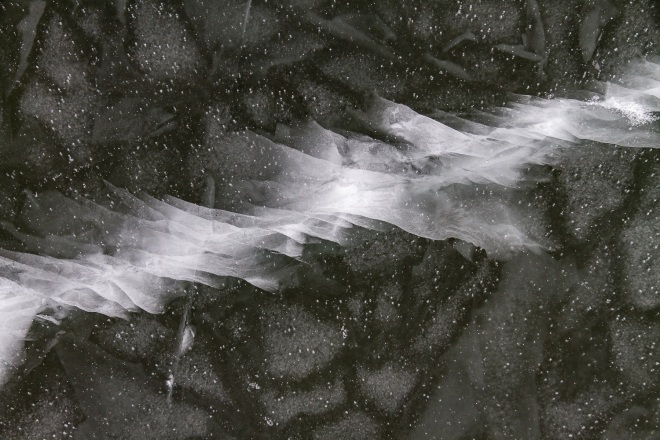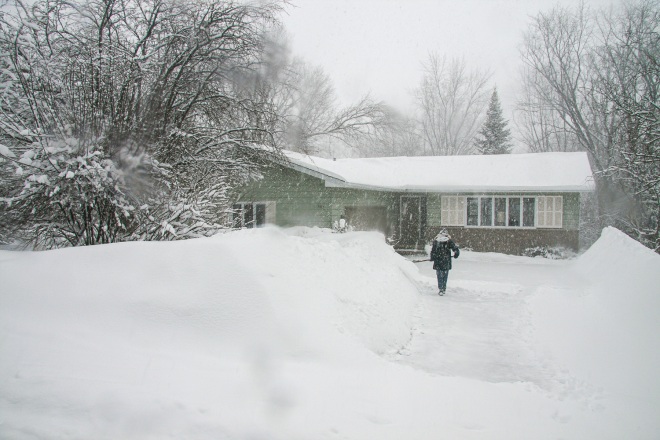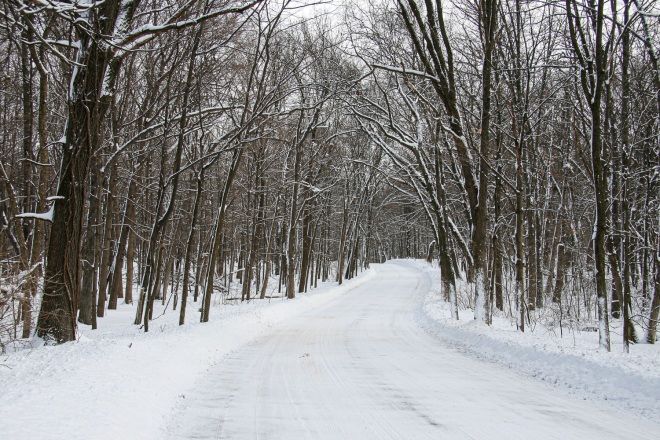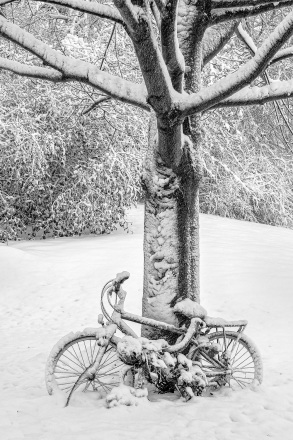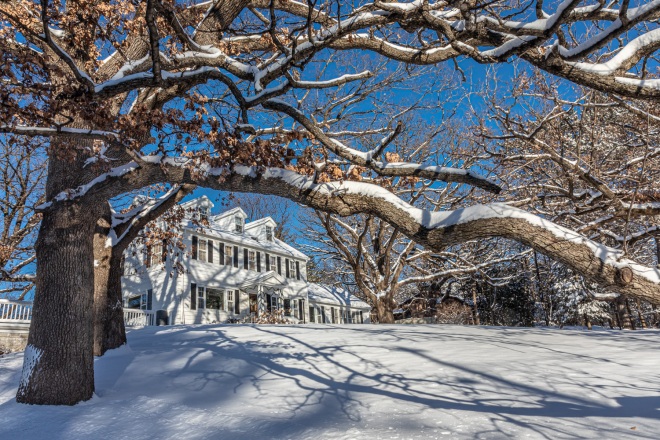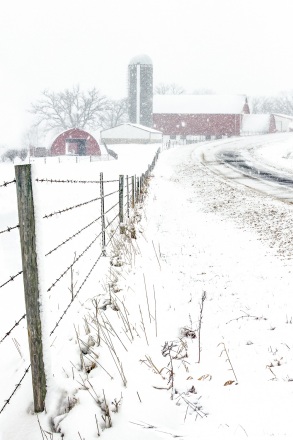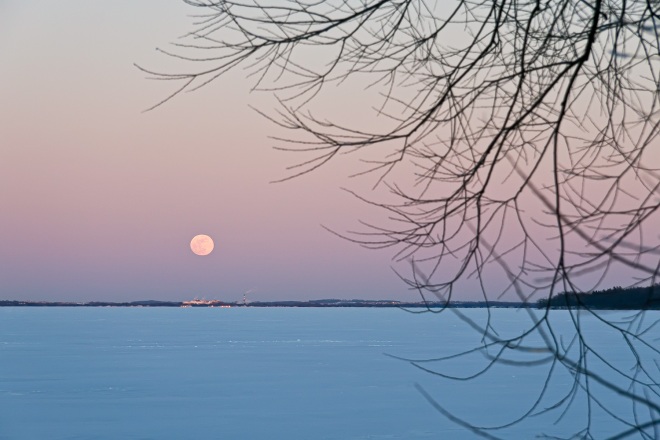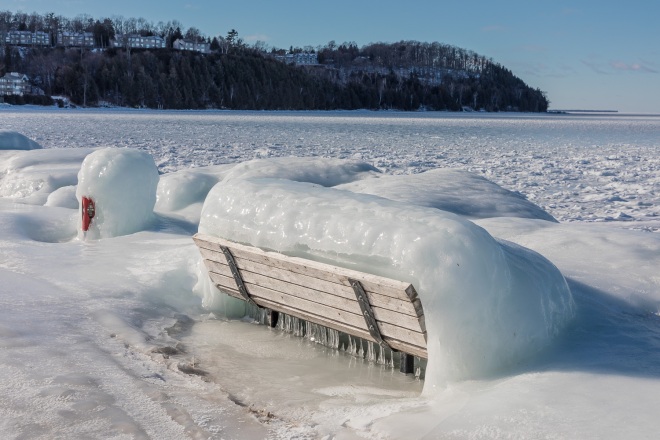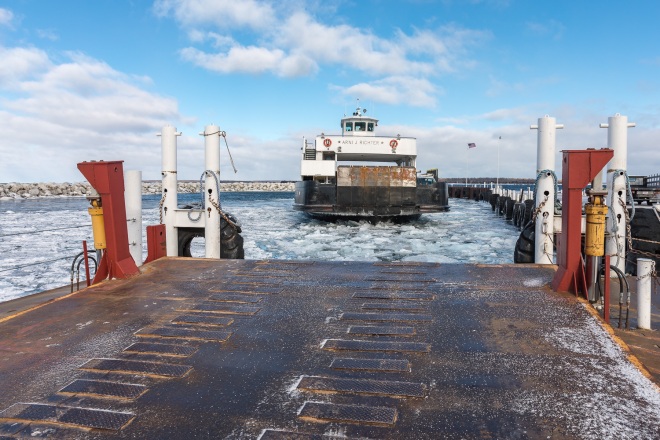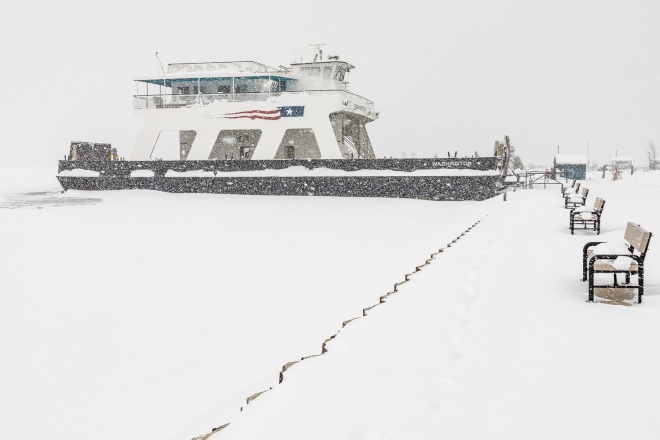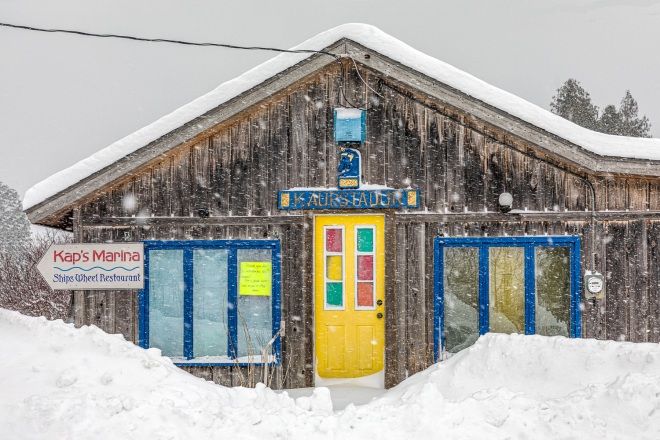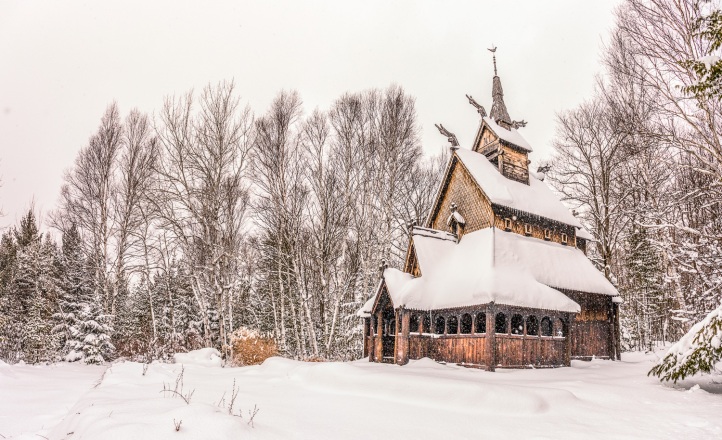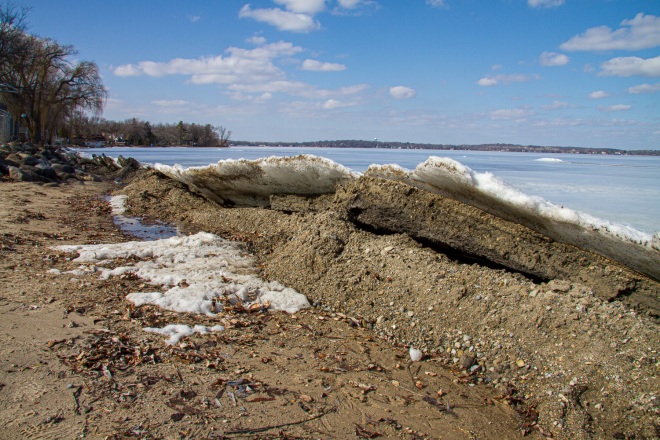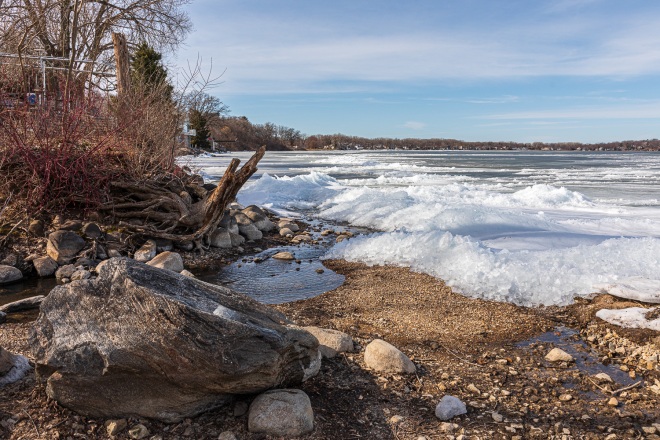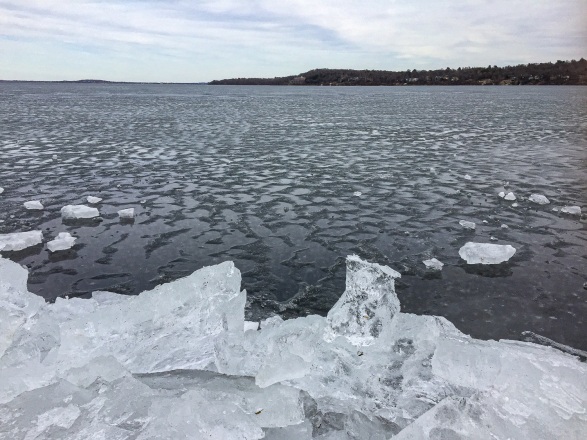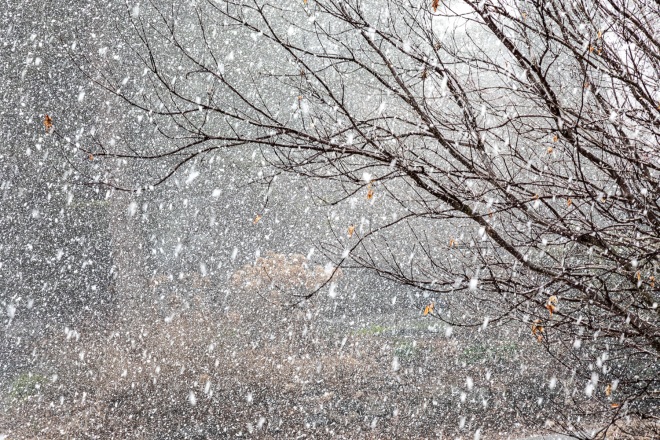According to meteorologists, winter begins on December 1. According to astronomers, winter (the winter solstice) begins this year (2022) at 4:48 PM on December 21. So, if you’re into weather forecasting, happy winter! If you’re into stars and planets, winter will be coming in a couple weeks. From my perspective, winter begins the first day you walk outside and say, “Damn! It’s cold out!” Even if it’s warm the next day, that first real cold day sets the thought of winter loose in your mind and it just won’t leave you alone.
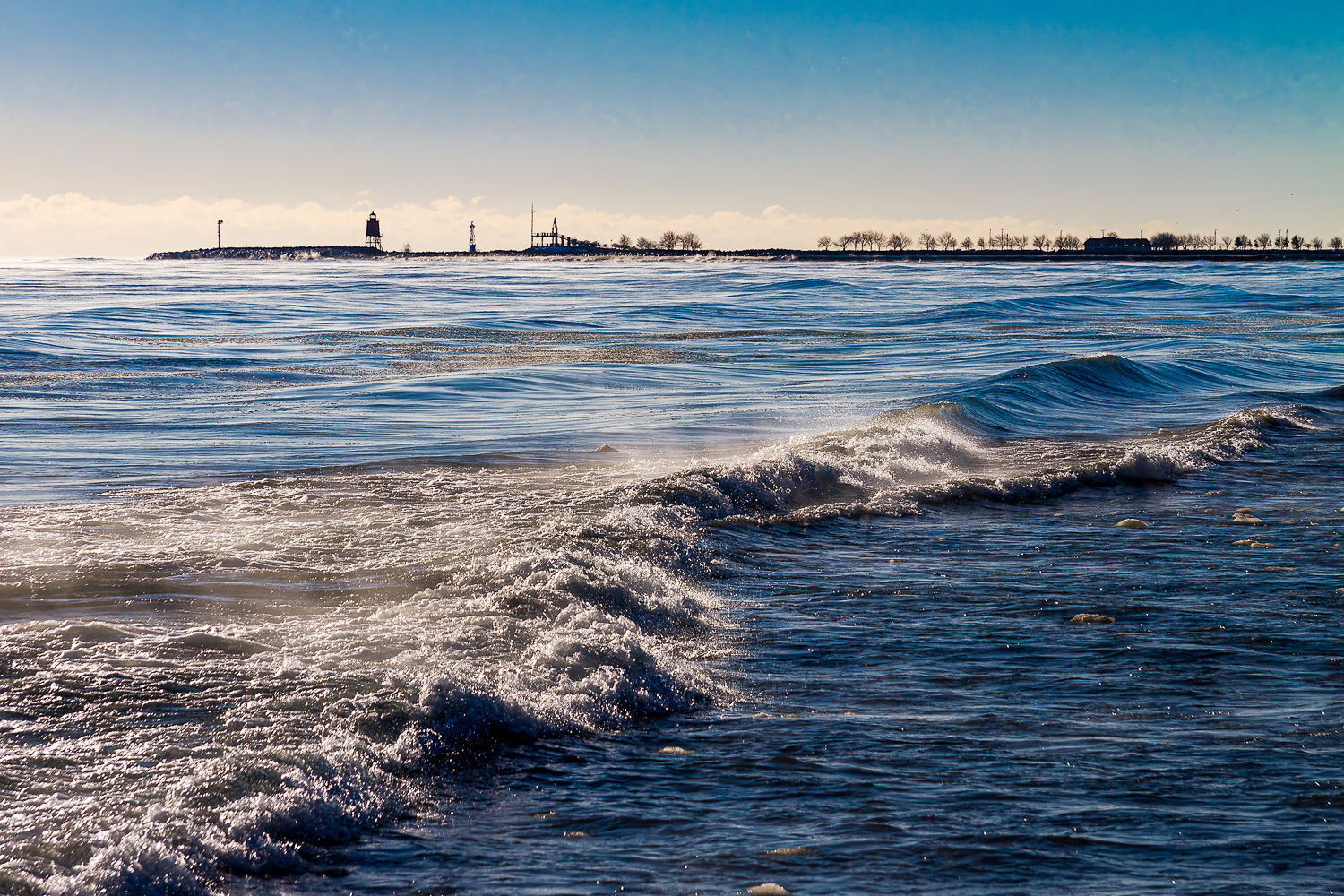
Many things can be divided into three parts — plays, meals, hockey games — I look at winter that way. It often arrives without snow and ice. Look at the scene above. What season does that look like? Does it make you want to toss that extra blanket on the bed, look around to find the long underwear you packed away last spring, or wonder if your old boots will last another season? It might be sunny outside, but you know it’s winter!
Despite the sun, the cold air entices ice to start forming. This is Winter, Act I. Ice appears in the shallows along the lake shore. Water splashing up on the rocks, deprived of the warmer lake water, freezes very quickly. Then very thin ice begins to extend out into the water. In some places, water droplets can splash up under the thin ice. In other places bubbles of air get trapped. As the ice gets thicker and extends farther from the shore, Canada Geese gather along the edge. Here they can either swim in the water or walk on the ice. Their choice. Some of the thinner ice can be broken up by waves and take on the appearance of broken glass. But, ice doesn’t only form on the lakes. Who doesn’t enjoy seeing icicles shining in the sun? This is also the time of year to watch for tundra swans or listen for loons as they stop by on their annual migrations.
(Mouse over any gallery photo to see a caption, or click on it to enlarge and then use arrows to scroll through the images.)
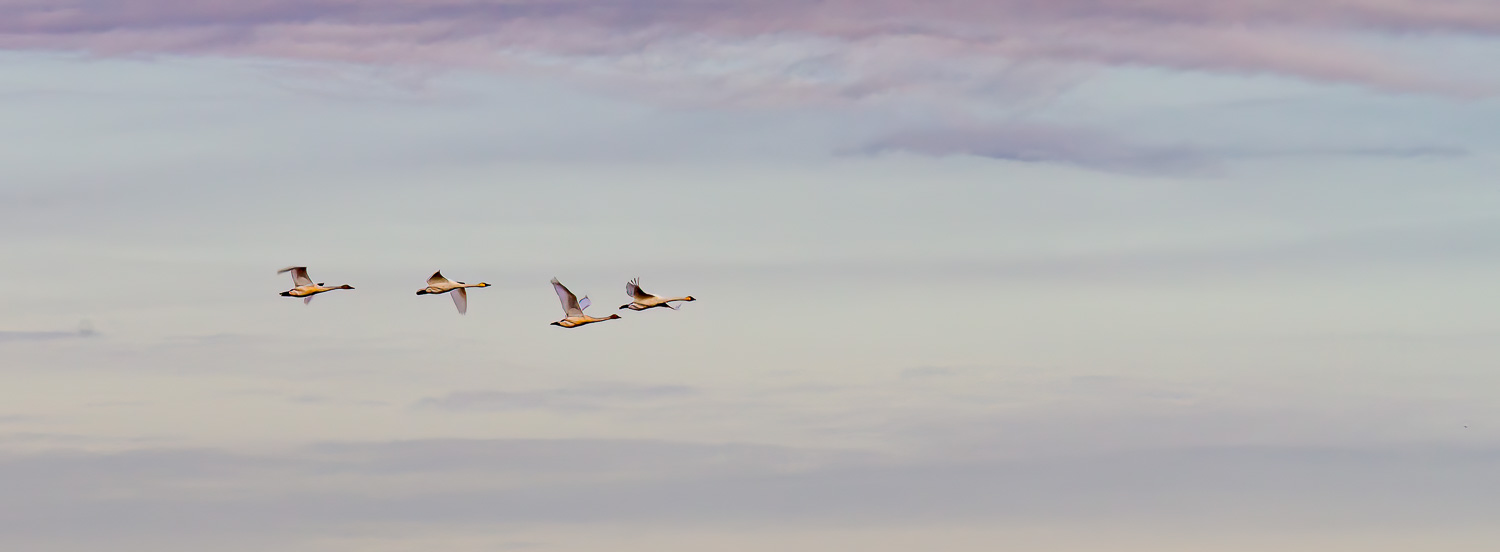
Here are some fun facts from the Wisconsin State Climatology Office.
Records going back to 1852 show that Lake Mendota, the largest and deepest of Madison’s Lakes, has always frozen over, even if only for a short time. The earliest freeze date was Nov. 23, 1880. The latest freeze date was Jan. 30, 1932. The longest freeze-over was 161 days in the winter of 1880-81. The shortest freeze-over was 21 days in the winter of 2001-02. Last winter, due to warm December weather, Lake Mendota wasn’t officially declared frozen over until Jan. 7, just 23 days shy of the record for the latest freeze date.
When the lakes freeze over and, if you’re lucky, snow begins to fall in earnest, this is Winter, Act II. If you don’t own a boat, frozen lakes mean you suddenly have large new “seasonal parks.” Lake Mendota, two blocks from my house, becomes a 9781-acre winter wonderland where people walk, skate, ski, fish, take their kids or dogs sledding, or sail ice boats. Those crazy, I mean enthusiastic, people who love to ice fish are usually the first ones out on the ice, often before the lakes are declared safe. They’ll be out there sitting on pails and holding poles or watching tip-ups, or they’ll be trying to keep warm in tents or shanties. If there hasn’t been much snow early in the season and the lakes remain fairly clear, the ice boats will be out in force and skaters will be having fun. You might even see a photographer taking pictures of patterns in the ice.!

The opening of Act II might seem quiet. Eventually, however, real snow, not flurries, but real snow, enters the scene. It might come gently floating down from the clouds or it might rush in on an angry wind, clogging driveways and snarling traffic. Sometimes it’s blowing so hard that you can see almost nothing but white. Then, of course, you have to haul out the shovel or snowblower to clear out your driveway. The snow, however, creates a beautiful landscape of trees, yards and fields covered in a soft, fresh layer of white. And, watching a full moon rise in the winter is a quiet, serene experience.

This is the time of year when many people are either in Florida or Arizona, or wish they were. If you’re a Wisconsin winter junky, however, this is the time of year to go north! Anywhere “up north” is fine. Door County and Washington Island are beautiful winter destinations.
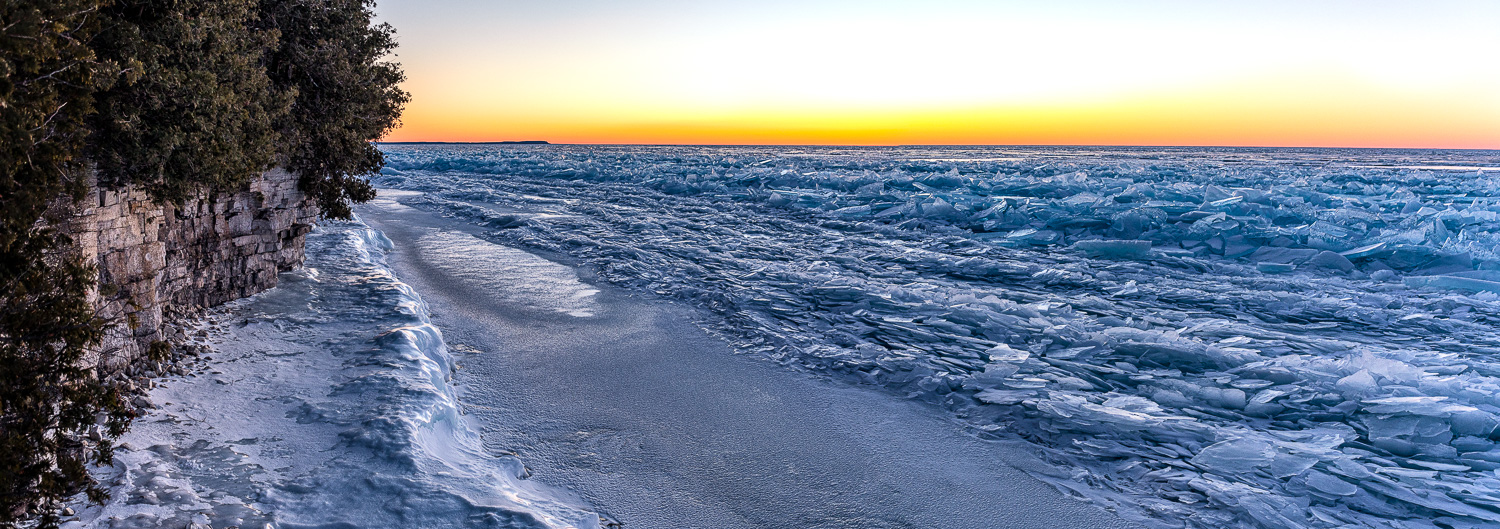
Winter eventually tires out. Even if you love it, you might finally be ready to move on. That’s when Act III begins. The snow no longer looks clean and white. It looks a bit gray like those sheets you should have washed long ago. Small streams begin to flow freely again. In some places by the lake, the icy edge may begin to get shoved up onto the shore. If a strong wind comes along, the thinning ice might break and pieces will pile up along the shoreline. If the winds happen to be strong, the piled ice can even cause property damage. Some of the pieces consist of layers of ice reminiscent of the rings of a tree trunk. Although you should expect it, there always seems to be one last unexpected fall of wet snow. If the denizens of your garden didn’t expect it, they may find themselves capped in white.
(Although taken in different years, the photos below were all taken during the months of March and April, Act III.)
According to meteorologists, spring begins on March 1. According to astronomers, spring (the vernal equinox) begins next year (2023) at 4:24 PM on March 20. From my perspective, spring begins the first day you walk outside and say, “Wow! It’s warm out!” Even if it’s cold the next day, that first real warm day sets the thought of spring loose in your mind and it just won’t leave you alone.
